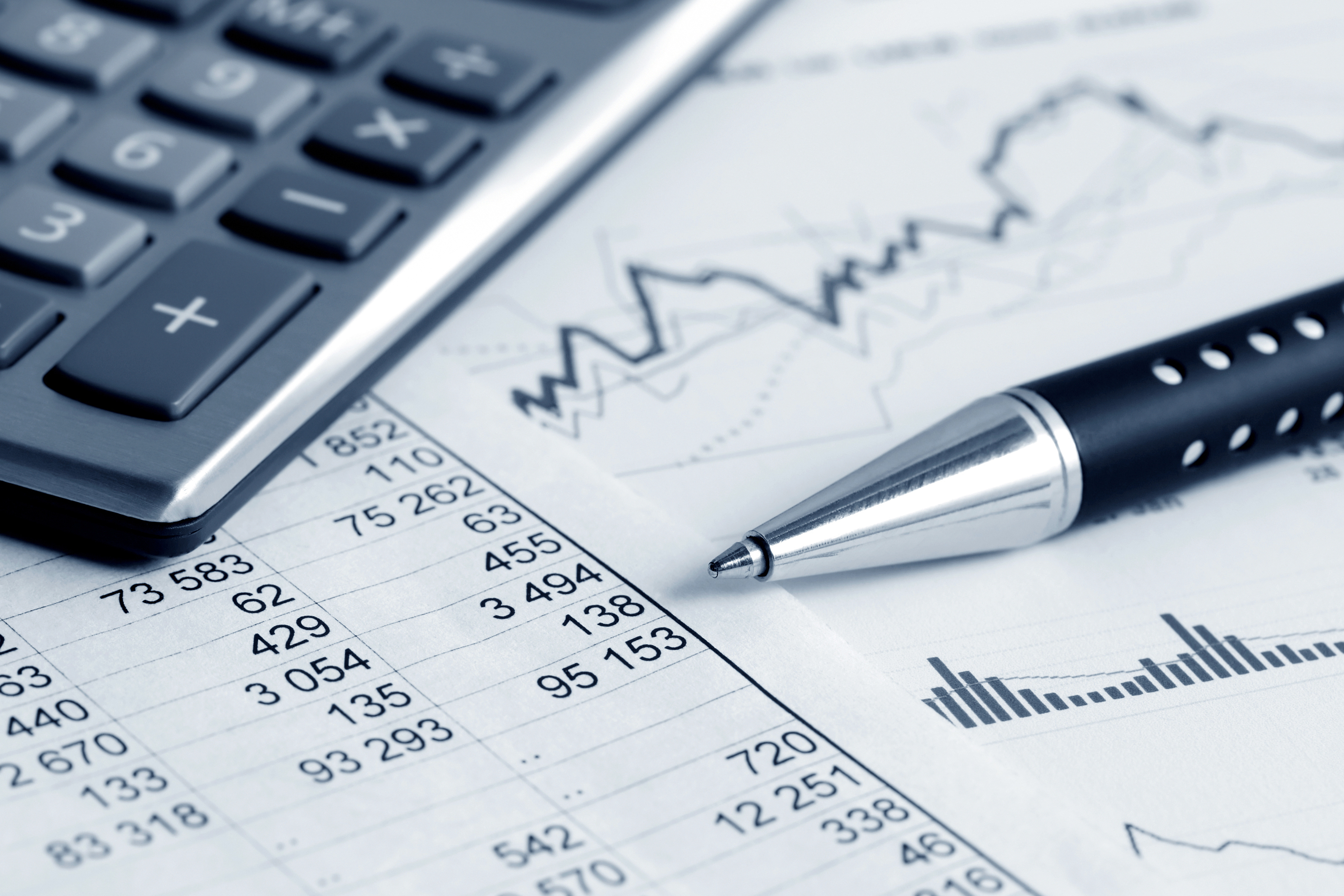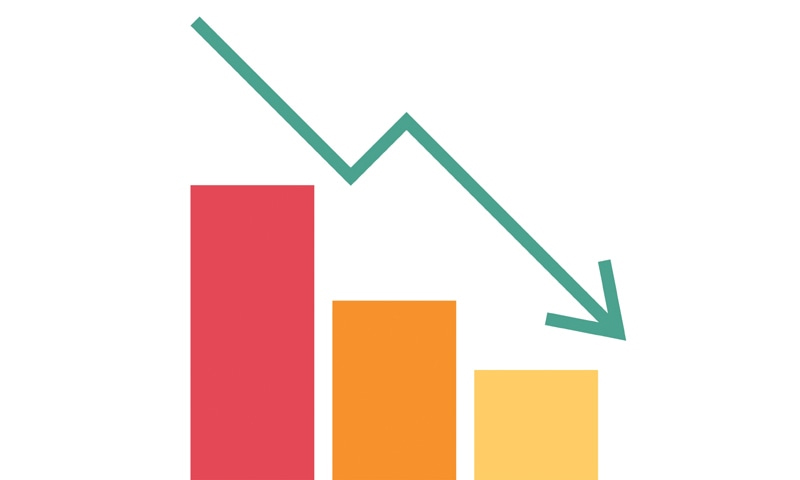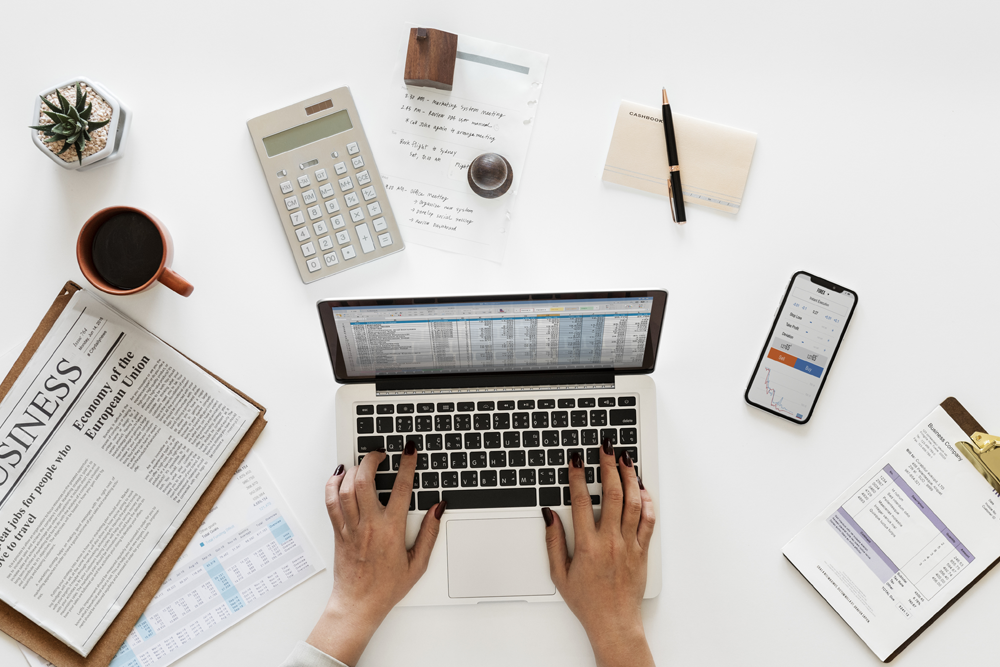Assets are the resources you utilize in your business that help you generate profit and revenue. These resources range from small products, such as supplies, equipment, and major fixtures, like a factory. When you buy an asset for your firm, you must record the purchase in your accounting records and record the transaction’s effects on your balance sheet. The accounts that an asset purchase impacts in your reports and on your balance sheet depend on how you finance the purchase.
What is an accounting journal entry?
When a company makes a financial transaction, it makes a journal entry in the general journal to report that transaction. The general journal is a detailed report of the financial transactions of the company. The transactions are listed in chronological order. Based on your business’s complexity and size, a reference number can be assigned to each transaction. The credits and debits must equal each other and reflect the principle of the accounting equation. There is always a general journal for a company; however, there can also be specialized journals based on the business. You might have a purchases journal, a sales journal, and an accounts receivables journal, among others.
How to record a piece of equipment that was partially financed?
Example of recording equipment that was partially financed
Assume that your business purchased a delivery van for $12,000 by signing a promissory note for $7,000 and paying cash of $5,000.
The accounting will entry be:
- Debit the asset account automobiles for $12,000
- Credit the liability account Notes Payable for $7,000
- Credit the asset account Cash for the $5,000 that was paid
The liability account Notes Payable records the principal amount owed at the time. Interest that will accumulate in the future is not noted at the time of the purchase. This is because the interest is not owed as of that date.
Every month, one month’s interest on the note or loan should be reported with a credit to Cash or an Interest Payable (if the interest was not paid) or debit to Interest Expense. Any cash payments that outreach the amount of interest owed at the time of the payment is debited to Notes Payable. Note that the balance in the liability account Notes Payable must agree with the principal balance owed to the equipment financing company or bank, while the balance in the liability account Interest Payable must agree with the interest due as of that date. To verify the interest owed at a particular date and amount of principal, you can call the lender. Then you can compare the amounts to the balances in your general ledger accounts.
How to account for asset purchase?
Here are the steps you should take when accounting for an asset purchase.
Step 1: Debit the appropriate asset account in a journal entry in your records by the asset’s cost. A debit increases an asset account. For instance, assume your small business purchased $6,000 of equipment. Debit the equipment account by $6,000.
Step 2: Now, credit the cash account in the same journal entry by the amount of cash you utilized toward the purchase. If you paid for the equipment all in cash, this amount is the same as the asset’s cost. A credit lowers cash, which is an asset account—in this example, presuming you bought the equipment using $2,000 in cash and a $4,000 loan. Credit cash by $2,000.
Step 3: Credit the notes payable account in the same journal entry by the amount of a loan utilized to finance the purchase. As long as you paid all cash, leave this account unchanged. Notes payable is a liability account. Contrarily to an asset, a liability is increased with a credit. Continuing with our example, credit $4,000 to notes payable.
Step 4: Record the asset and its amount in either the noncurrent assets or current assets section of your balance sheet. Current assets are those you anticipate to use or change to cash within a year, like supplies. Noncurrent assets are those items you will own longer than a year, like a building. In this example, you will report “Equipment $6,000” as a noncurrent asset.
Step 5: Deduct the amount of cash you used toward the purchase from your previous cash balance to evaluate your new cash balance. Record your new cash balance in the current assets section of your balance sheet. Continuing with our example, presuming your small business had a previous cash balance of $8,000. Subtract $2,000 from $8,000 to get a new cash balance of $6,000. Report “Cash $6,000” in the current assets section of the balance sheet.
Step 6: Report the note payable and its amount in either noncurrent liabilities or the current liabilities section of your balance sheet. Current liabilities are those you anticipate to pay off within a year. Noncurrent liabilities are those you expect will remain unpaid for longer than a year. Do not record a note payable if you paid all cash for the asset. Concluding the example, presuming you will take five years to pay off the $4,000 note—record “Notes payable $4,000” in the noncurrent liabilities section of your business balance sheet.
What is Asset Disposal?
Asset disposal is the elimination of a long-term asset from the business’s accounting records. It is an essential concept since it primarily relates to the company’s capital assets that are vital to successful business operations. Besides, the proper accounting of an asset’s disposal is vital to maintaining clean and updated accounting records.
The asset disposal might be a result of several events:
- An asset is fully depreciated and should be disposed of.
- The asset is sold at a loss/gain since it is no longer useful or required.
- An asset must be disposed of because of unforeseen circumstances (e.g., theft).
Journal entries for asset disposals
The journal entries required to report an asset’s disposal are based on how the event happens. Let us consider the following example to analyze the different situations that call for asset disposal. Motors Inc. owns an equipment asset on its balance sheet worth $3,000.
Case 1: Disposal of a fully depreciated asset
Motors Inc. approximated the equipment’s useful life is three years. The annual depreciation expense is $1,000. During the end of the third year, the equipment is fully depreciated, and the asset should be disposed of. In such a situation, the asset’s value and the accrued depreciation must be written off. Originally, the machinery account is a debit account, while the accrued depreciation is a credit account. To reverse the accounts, the following journal entry must be made:
Disposal of a fully depreciated asset
Dr. Accumulated depreciation: 1000
Cr. Equipment: 1000
Case 2: Disposal by asset sale with a profit
If, at the end of the second year, Motors Inc. choose to sell the equipment to another company. At that time, the accrued depreciation was $2,000. Thus, the equipment’s total book value was $1,000 (equipment value deduct accumulated depreciation). Nonetheless, the company agreed to sell the equipment for $1,500. Therefore, Motors Inc. must identify the revenue from the sale. Here’s how the journal entry for the disposal should look like:
Asset disposal by sale with profit
Dr. Cash: 1500
Dr. Accumulated Depreciation: 2000
Cr. Gain on Sale:500
Cr. Equipment: 3000
Case 3: Disposal by asset sale with a loss
Let us consider the same situation as in case two, but the selling price was only $500. Therefore, there was a loss on the sale. The journal entries should be adjusted accordingly:
Asset disposal by sale with loss
Dr. Cash: 500
Dr. Accumulated Depreciation: 2000
Cr. loss on Sale: 500
Cr. Equipment: 3000
Asset disposal on financial statements
The asset disposal leads to a direct effect on the company’s financial statements. In all scenarios, this affects the balance sheet by removing a capital asset. Also, if a business disposes of assets by selling with loss or gain, the gain and loss should be recorded on the income statement.
Useful lifespan, book value, and residual value upon disposal
Most methods utilized to calculate per-period depreciation expense usually require the asset’s book value, residual value, and useful lifespan upon disposal to be known. Book value is the asset’s original purchase price and often an accurate assessment of its fair market value. Useful lifespan is the period that the asset is anticipated to remain useful in its intended purpose, whereas residual value upon disposal is the sum that the asset can anticipate to be sold for as scrap after it becomes useless. The useful lifespan determines how long the asset has depreciated for, while the residual value is deducted from book value to produce the asset’s depreciable value.














